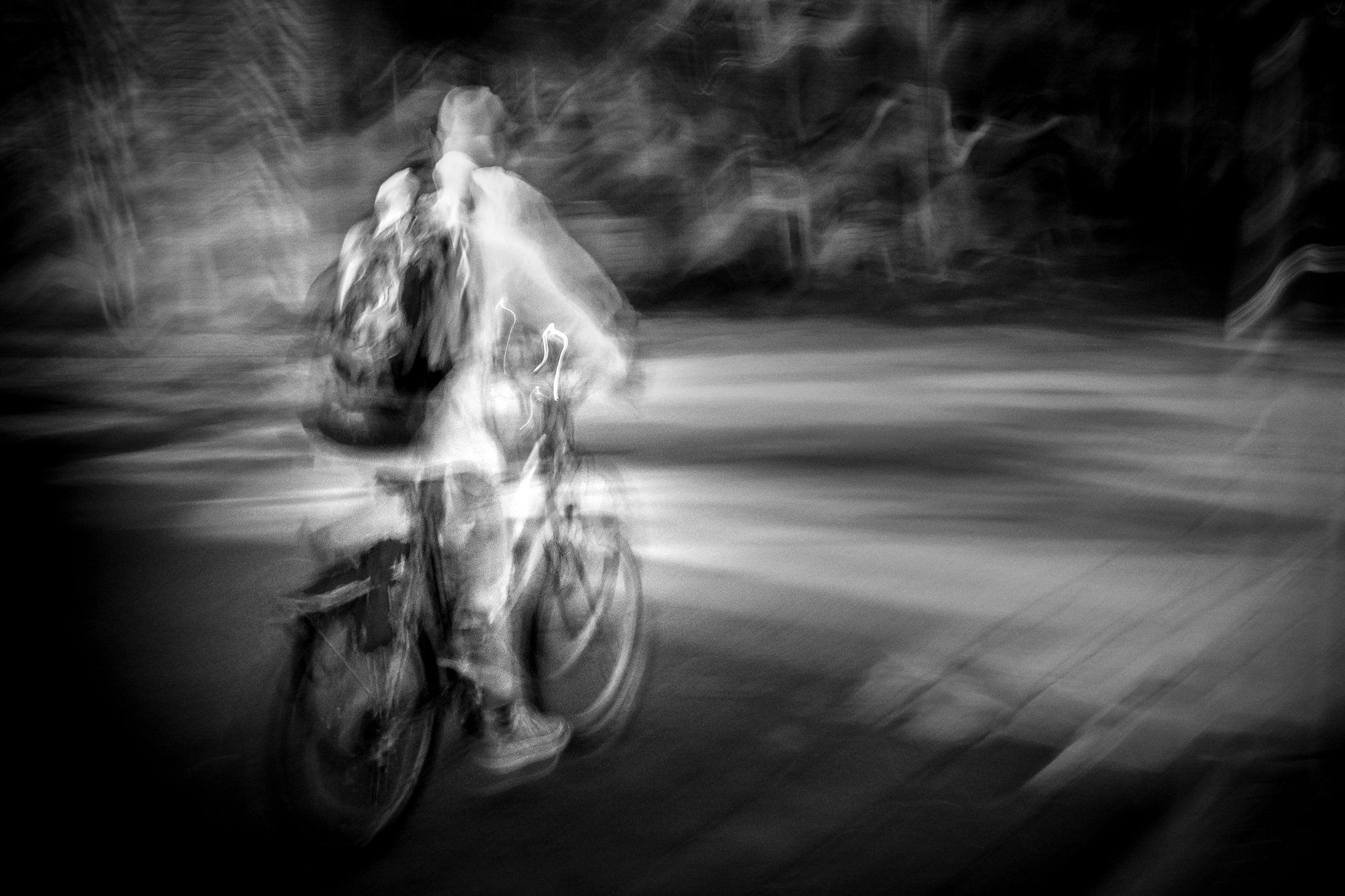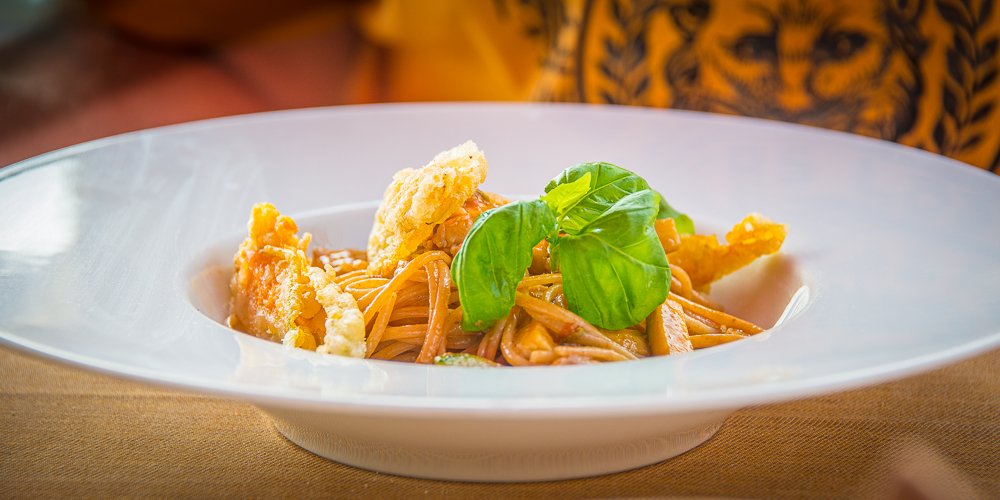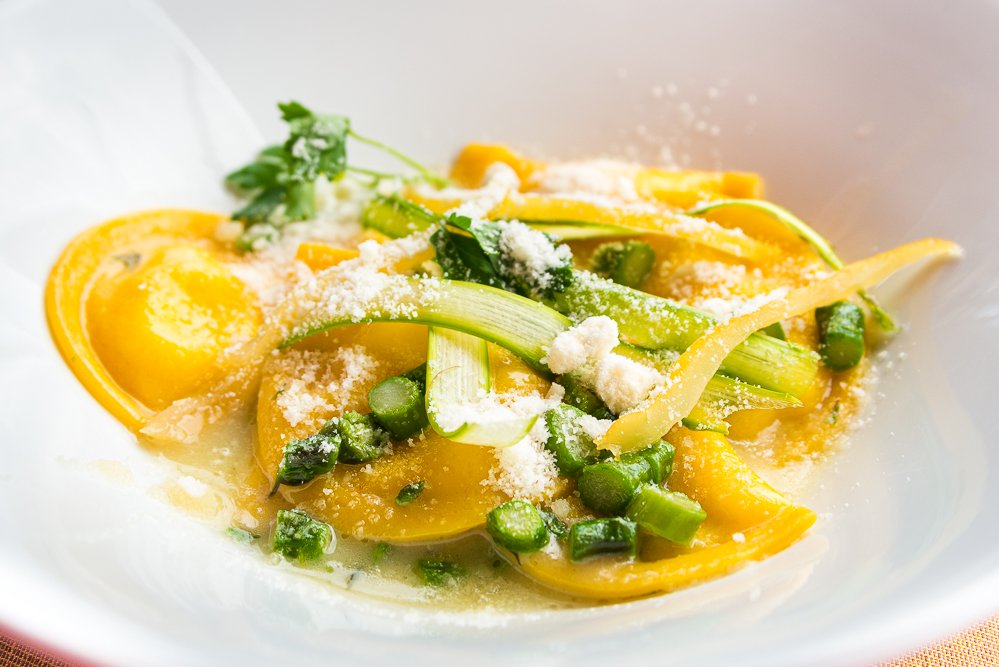Way back in 2016…you remember 2016 don’t you?…I took you to the island of Burano. You can tap here to recall this very colorful island which sits in the Venetian lagoon. Whilst exploring this unique place, I came across yet another door. I know, I know…that’s what I tend to do when I’m in any part of Venice…or Italy in general, for that matter.
This particular door wasn’t all that photogenic, but I made a snapshot anyway. I thought that I might be able to spruce it up a bit. There was a bit of faded graffiti to the right of the door. And on the door was a dire warning of some sort. But, as you know, that just doesn’t stop me.
The Snapshot
Here is the snapshot…
The Warning Placard
Regarding that warning on this door…what is that, anyway? Let’s take a look. You can click on the image to get a closer look.
We can see that lightening bolt, which normally means ‘electricity’.
And one of the warnings seems to say, “Don’t touch this”. While the other warning lets us know that we shouldn’t throw a bucket of water on a fire here, should we encounter that.
Below that graphic we can see that this is the Mandracchio area of Burano. A mandracchio is a small inlet where one would tie up a couple of boats, which fits well with this island/town of Burano. And the logo at top left suggests that the Enel energy company put this label there. And this ‘cabin’ has been here since January of 1989.
I’ll be darned, this isn’t a door to a residence or business, but its an electrical closet of some sort.
I can hear you now, “Don’t worry about any of that, Steve…go ahead and do your transformation thingie!”. Ok, ok, I’m on it.
The Transformation
The first item is the removal that warning placard. And hey, did you see that kids have been playing a bit of soccer here, as we can see from the soccer ball imprint on the door. Careful kids! And, while I’m at it, I may as well straighten and crop a bit.
The placard is now gone, as is the soccer ball imprint.
Let’s now give the image a bit of color…it’s much too blah.
We’re getting close, but I’m wanting to see a bit more of that Venetian patina. I forgot all about that bit of graffiti to the right of the door…sorry about that. It has to go.
The Final Image
OK, here it is…the final image.
Disclaimer!
Uh oh, the carabinieri are here! I swear that I didn’t remove that placard. Well, maybe I did. But, I’ll put it back, ok? Done!
Endings
Not a lot of charm in this doorway, but what would one expect from an electrical closet, right?
I’ll keep wandering the calle of Burano to see what I can see. I know that there are a few women around who still make handmade lace, so I’ll see if I can find some.
There they are. Well, it appears that one is making lace, one is checking out a catalog, and one is thinking about what she will make for her dinner’s secondi course tonight. Come back next week to find out.
That’s it for today’s transformation. Come back next week to see what sort of possibilities abound with the secondi course at the Italian mealtime. Until then…
Ciao for Now,
Steve
To subscribe to these Italy, Our Italy articles, just tap here









































